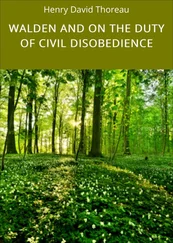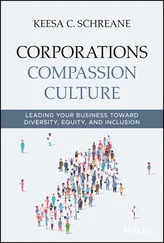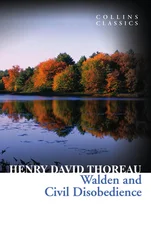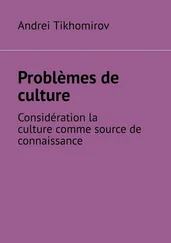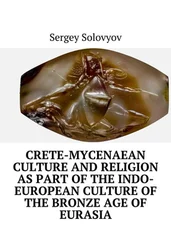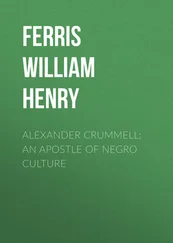J. Walden - Soil Culture
Здесь есть возможность читать онлайн «J. Walden - Soil Culture» — ознакомительный отрывок электронной книги совершенно бесплатно, а после прочтения отрывка купить полную версию. В некоторых случаях можно слушать аудио, скачать через торрент в формате fb2 и присутствует краткое содержание. Жанр: Руководства, Биология, Компьютерное железо, foreign_edu, на английском языке. Описание произведения, (предисловие) а так же отзывы посетителей доступны на портале библиотеки ЛибКат.
- Название:Soil Culture
- Автор:
- Жанр:
- Год:неизвестен
- ISBN:нет данных
- Рейтинг книги:3 / 5. Голосов: 1
-
Избранное:Добавить в избранное
- Отзывы:
-
Ваша оценка:
- 60
- 1
- 2
- 3
- 4
- 5
Soil Culture: краткое содержание, описание и аннотация
Предлагаем к чтению аннотацию, описание, краткое содержание или предисловие (зависит от того, что написал сам автор книги «Soil Culture»). Если вы не нашли необходимую информацию о книге — напишите в комментариях, мы постараемся отыскать её.
Soil Culture — читать онлайн ознакомительный отрывок
Ниже представлен текст книги, разбитый по страницам. Система сохранения места последней прочитанной страницы, позволяет с удобством читать онлайн бесплатно книгу «Soil Culture», без необходимости каждый раз заново искать на чём Вы остановились. Поставьте закладку, и сможете в любой момент перейти на страницу, на которой закончили чтение.
Интервал:
Закладка:
Varieties are exceedingly numerous and uncertain. Cole estimates that two millions of varieties have been produced in the single state of Maine, and that thousands of kinds may there be found superior to those generally recommended in the fruit-books. The minute description of fruits is not of the least use to one out of ten thousand cultivators. The best pomologists differ in the names and descriptions of the various fruits. Some varieties have as many as twenty-five synonyms. Of what use, then, is the minute description of the hundred and seventy-seven varieties of Cole's American fruit-book, or of the vast numbers described by Downing, Elliott, Barry, and Hooper? The best pear we saw in Illinois could not be identified in Elliott's fruit-book by a practical fruit-grower. We had in our orchard in Ohio a single apple-tree, producing a large yield of one of the very best apples we ever saw; it was called Natural Beauty. We could not learn from the fruit-books what it was. We took it to an amateur cultivator of thirty years' experience, and he could not identify it. This is a fair view of the condition of the nomenclature of fruits. The London experimental gardens are doing much to systemize it, and the most scientific growers are congratulating them on their success. But it never can be any better than it is now. Varieties will increase more and more rapidly, and synonyms will be multiplied annually, and the modification of varieties by stocks, manures, climates, and location, will render it more and more confused.
We can depend only upon our nurserymen to collect all improved varieties, and where we do not see the bearing-trees for ourselves, trust the nurseryman's description of the general qualities of fruit. Seldom, indeed, will a cultivator buy fruit-trees, and set out his orchard, and master the descriptions in the fruit-books, and after his trees come into bearing, minutely try them by all the marks to see whether he has been cheated, and, if so, take up the trees and put out others, to go the same round again, perhaps with no better success. Hence, if possible, let planters get trees from a nursery so near at hand that they may know the quality of the fruit of the trees from which the grafts are taken, get the most popular in their vicinity, and always secure a few scions from any extraordinary apple they may chance to taste. It is well, also, to deal only with the most honorable nurserymen. Remember that varieties will not do alike well in all localities. Many need acclimation. Every extensive cultivator should keep seedlings growing, with a view to new varieties, or modifications of old ones, adapted to his locality.
We did think of describing minutely a few of the best varieties, adapted to the different seasons of the year. But we can see no advantage it would be to the great mass of cultivators, for whom this book is designed. Those who wish to acquaint themselves with those descriptions will purchase some of the best fruit-books. We shall content ourselves with giving the lists, recommended by the best authority, for different sections, followed by a general description of the qualities of a few of the best. Downing's lists are the following:—
APPLES FOR MIDDLE AND SOUTHERN PORTIONS OF THE EASTERN STATES, RIPENING IN SUCCESSION.
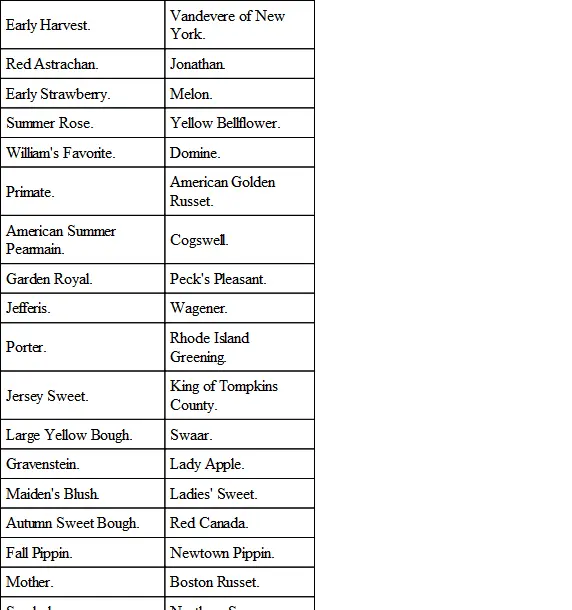
APPLES FOR THE NORTH.

APPLES FOR THE WESTERN STATES,
Made up from the contributions of twenty different cultivators, from five Western states.
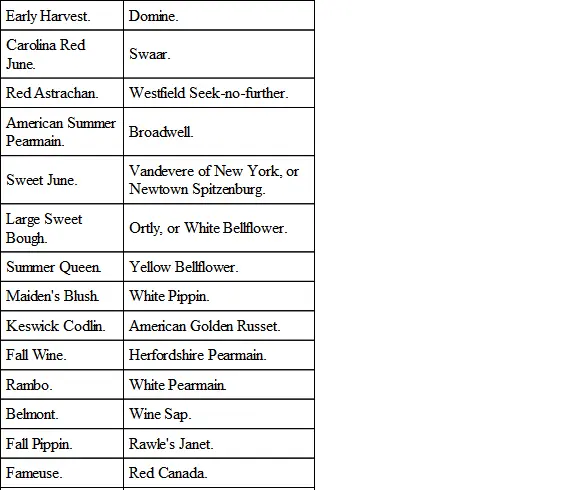
APPLES FOR THE SOUTH AND SOUTHWEST.
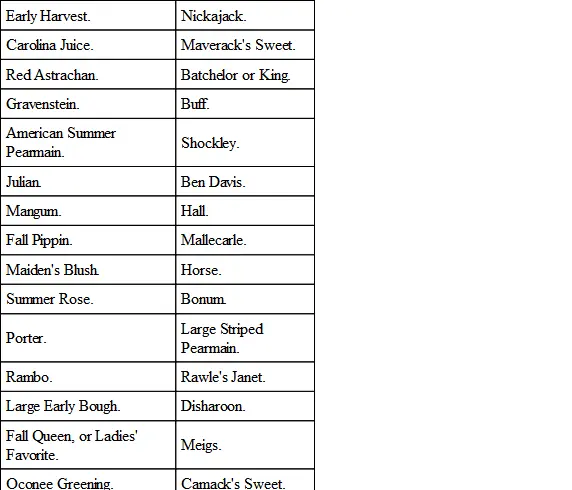
Some varieties are included in all these lists, showing that the best cultivators regard some of our finest apples as adapted to all parts of the country. A careful comparison of Hooper's lists, as recommended by the best Western cultivators, whose names are there mentioned, will show that they name the same best varieties, with a few additions.
We have carefully examined the varieties recommended by Ernst, by Kirtland and Elliott, by Barry, and by the national convention of fruit-growers, and find a general agreement on the main varieties. There are some differences of opinion, but they are minor. They have left out some of Downing's list, and added some, as a matter of course. All this only goes to show the established character of our main varieties. Out of all these, select a dozen of those named, in most of the lists, and you will have all that ever need be cultivated for profit. The best six might be still better. Yet, in your localities, you will find good ones not named in the books, and new ones will be constantly rising.
Downing adds that "Newtown Pippin does not succeed generally at the West, yet in some locations they are very fine. Rhode Island Greening and Baldwin generally fail in many sections, while in others they are excellent."
Now, it is contrary to all laws of vegetation and climate, that a given fruit should be good in one county and useless in the next, if they have an equal chance in each place. A suitable preparation of the soil, in supplying, in the specific manures, what it may lack, getting scions from equally healthy trees, and grafting upon healthy apple-seedling stocks—observing our principles of acclimation— and not one of our best apples will fail, in any part of North America .
On a given parallel of latitude, a man may happen to plant a tree upon a fine calcareous soil, and it does well. Another chances to plant one upon a soil of a different character, and it does not succeed. It is then proclaimed that fruit succeeds well in one locality, and is useless in another near by and in the same latitude. The truth is, had the latter supplied calcareous substances to his deficient soil, as he might easily have done, in bones, plaster, lime, &c., the fruit would have done equally well in both cases. We should like to see this subject discussed, as it never has been in any work that has come under our observation. It would redeem many a section from a bad reputation for fruit-growing, and add much to the luxuries of thousands of our citizens. Apples can be successfully and profitably grown on every farm of arable land in North America. We present, in the following cuts, a few of our best apples, in their usual size and form. Some are contracted for the want of room on the page. We shall describe a few varieties, in our opinion the best of any grown in this country. These are all that need be cultivated, and may be adapted to all localities. We lay aside all technical terms in our description, which we give, not for purposes of identification, but to show their true value for profitable culture. The quality of fruit, habits of the tree, and time of maturity, are all that are necessary, for any practical purpose.
Nickajack.— Synonyms —Wonder, Summerour.
Origin, North Carolina. Tree vigorous, and a constant prolific bearer. Fruit large, skin yellowish, shaded land striped with crimson, and sprinkled with lightish dots. Yellowish flesh, fine subacid flavor. Tender, crisp, and juicy. Season, November to April.
Baldwin.— Synonyms —Late Baldwin, Woodpecker, Pecker, Steele's Red Winter.
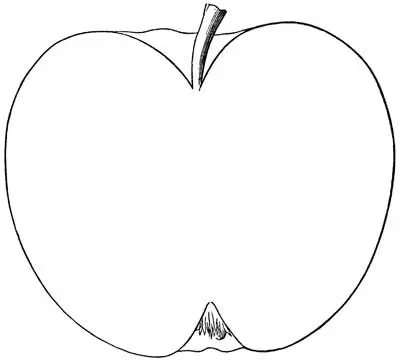
Stands at the head of all apples, in the Boston market. Fruit large and handsome. Tree hardy, and an abundant bearer. It is of the family of Esopus Spitzenburg. Yellowish white flesh, crisp and beautiful flavor, from a mingling of the acid and saccharine. Season, from November to March. On some rich western soils, it is disposed to bitter rot, which may be easily prevented, by application to the soil of lime and potash.
Читать дальшеИнтервал:
Закладка:
Похожие книги на «Soil Culture»
Представляем Вашему вниманию похожие книги на «Soil Culture» списком для выбора. Мы отобрали схожую по названию и смыслу литературу в надежде предоставить читателям больше вариантов отыскать новые, интересные, ещё непрочитанные произведения.
Обсуждение, отзывы о книге «Soil Culture» и просто собственные мнения читателей. Оставьте ваши комментарии, напишите, что Вы думаете о произведении, его смысле или главных героях. Укажите что конкретно понравилось, а что нет, и почему Вы так считаете.



